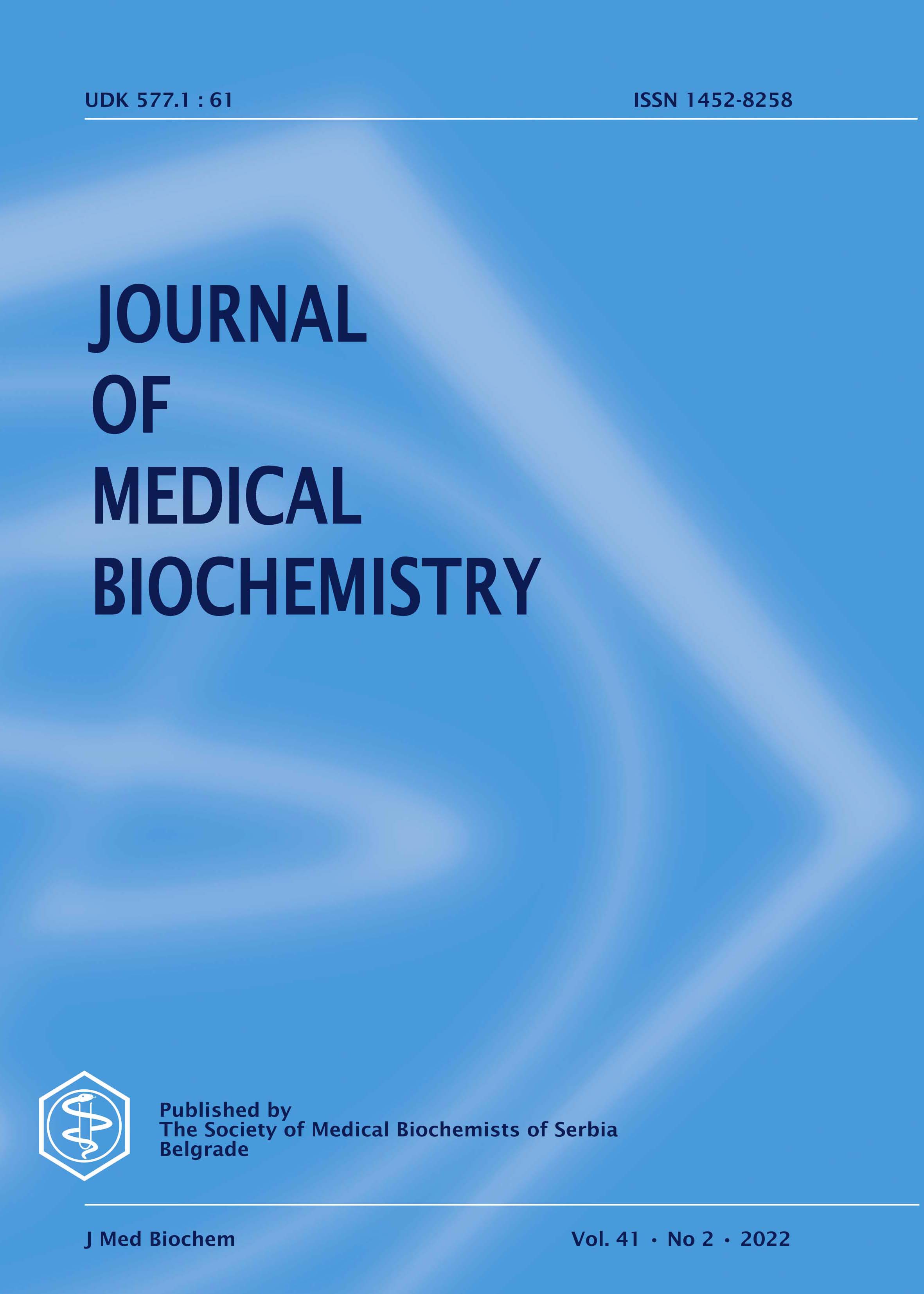The Clinical Significance Of Circulating Mir-21, Mir-142, Mir-143, And Mir-146a In Patients With Prostate Cancer
Novel Markers of Prostate Cancer
Abstract
Prostate cancer (PCa) is the most common type of solid tissue cancer among men in western countries. To enlighten the underlying molecular mechanisms in the pathophysiology of PCa and to help the development of new diagnostics and treatment models, we planned to determine the levels of circulating miR-21, miR-142, miR-143, miR-146a, and RNU 44 levels as controls for the early diagnosis of PCa. The circulating miRNA levels in peripheral blood samples from 43 localized PCa patients, 12 metastatic PCa (MET) patients, and as a control group, 42 benign prostate hyperplasia (BPH) patients with a total of 97 volunteers were determined the by PCR method. No differences in the ΔCT values were found among the groups. In PCa and PCaMet groups the expression of miR21 and miR142 were higher compared to the BHP group. No other differences were observed among the other groups. miR21 expression in the PCa group was 6.29 folds upregulated whereas in the PCaMet group 10.84 folds upregulated. When the total expression of miR142 is evaluated, it showed a positive correlation with mir21 and mir 146 (both p<0.001). Also, the expression of miR146 shows a positive correlation with both miR21 and miR143 (both p<0.001). Expression of miRNAs was found to be an independent diagnostic factor in patients with Gleason score, PSA, and free PSA levels. In conclusion, our study showed that co-expression of miR-21, miR-142, miR-143, and miR-146a and the upregulation of miR-21 resulted in increased prostate carcinoma cell growth. In the PCaMet group, miR21 is the most upregulated of all miRNAs. These miRNA markers that are expressed in different levels may provide a novel diagnostic tool to help diagnose PCa with aggressive behavior.
Copyright (c) 2021 İbrahim Murat Bolayırlı, Bülent Önal, Mutlu Adıgüzel, Dildar Konukoğlu, Cetin Demirdag, Eda Merve Kurtulus, Fethi Ahmet Türegün, Hafize uzun

This work is licensed under a Creative Commons Attribution 4.0 International License.
The published articles will be distributed under the Creative Commons Attribution 4.0 International License (CC BY). It is allowed to copy and redistribute the material in any medium or format, and remix, transform, and build upon it for any purpose, even commercially, as long as appropriate credit is given to the original author(s), a link to the license is provided and it is indicated if changes were made. Users are required to provide full bibliographic description of the original publication (authors, article title, journal title, volume, issue, pages), as well as its DOI code. In electronic publishing, users are also required to link the content with both the original article published in Journal of Medical Biochemistry and the licence used.
Authors are able to enter into separate, additional contractual arrangements for the non-exclusive distribution of the journal's published version of the work (e.g., post it to an institutional repository or publish it in a book), with an acknowledgement of its initial publication in this journal.

